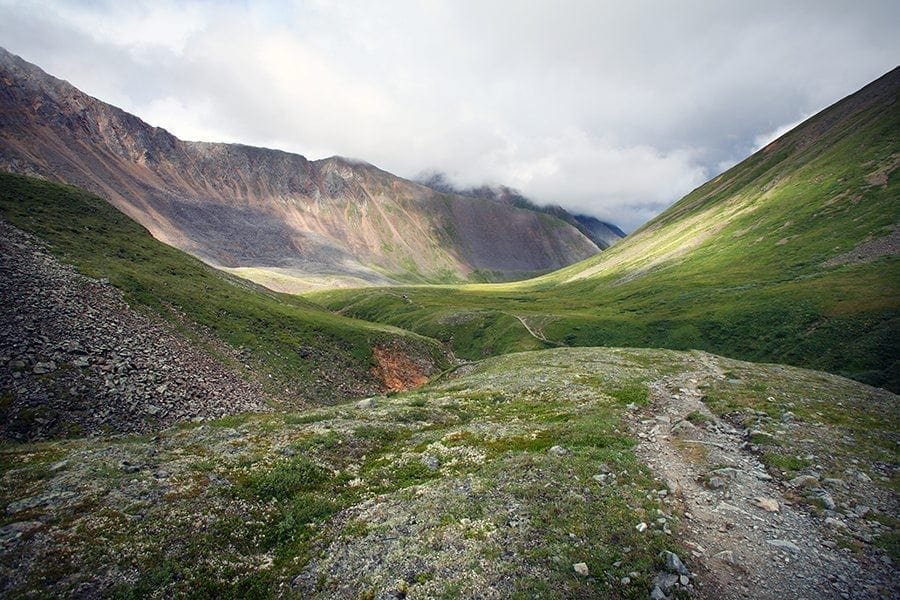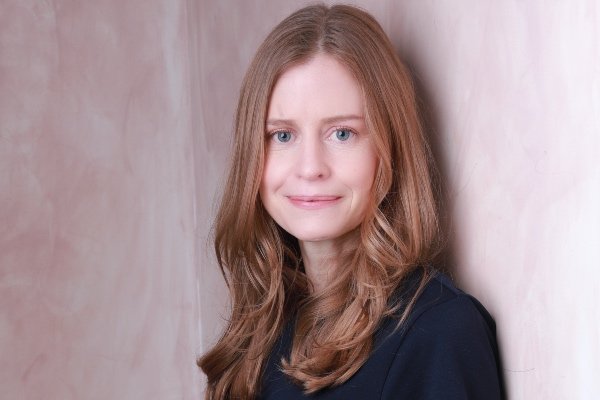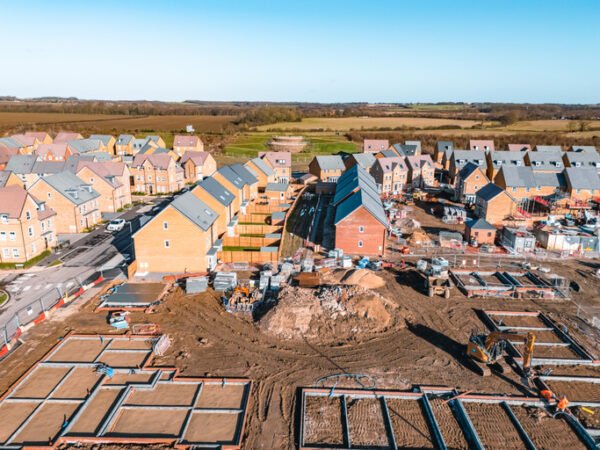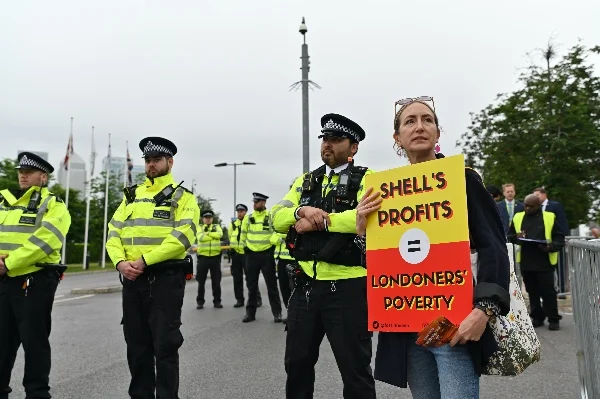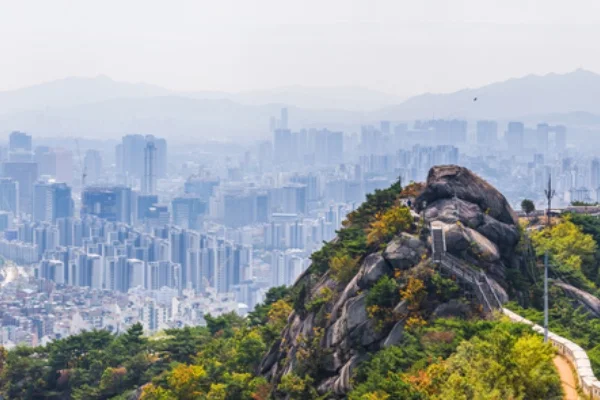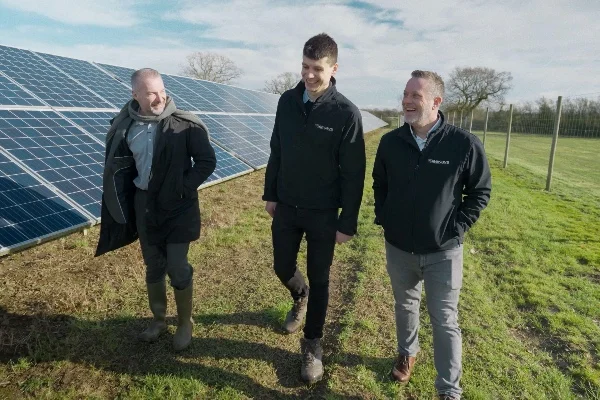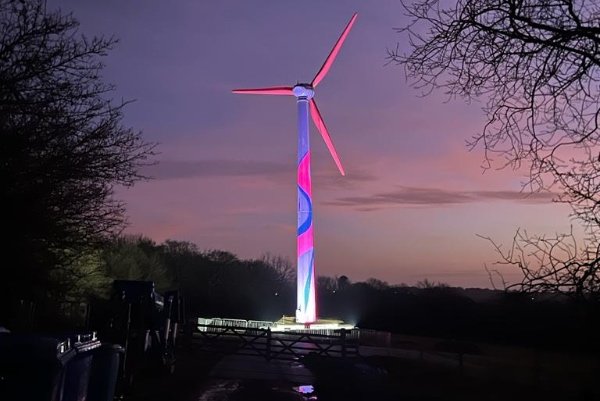For example, the blackouts caused by Hurricane Stephen on Boxing Day left around 350,000 homes in the South East without power. Network operators compensated consumers with up to £75 a day for the inconvenience caused. While for many that didn’t make up for Christmas in the dark, it did cover the daily charge to hire a diesel generator. That’s exactly what many people did – spawning a new group of first-time energy generators.
Self-sufficiency learned in a crisis can be a powerful thing. In the US, when Hurricane Sandy caused mass blackouts, the lights stayed on for large groups across Maryland, New Jersey, New York & Connecticut. The reason those communities were left unscathed was because their power was separate from the main national grid; it was generated by small-scale diesel, wind and solar, supported by energy storage. They were operating microgrids.
Back to the future
This is not new thinking. The UK’s National Grid didn’t start out life as a centralised network, it was only conceived in 1938 so that urban dwellers didn’t have to live next to the dirty coal power stations that supplied them. We created a centralised grid system to transmit energy to our homes, via pylons and cabling, from the power stations where it was generated. Before that, power came from a patchwork of small, independent supply networks which serviced small village communities.
Significantly, looking back, energy was a revenue generator, not a cost, for communities – up until the end of the end of World War II, UK local authorities generated around half of their income from trading energy from town gas works and local electricity plants.
With renewable technologies of all shapes and sizes now available at falling prices, there is a serious case for communities to shift away from the National Grid, to a model where energy generation is clean, limitless and, most importantly, local.
Moving from the Big Six to the ‘Big 60,000’ represents an ideological shift, making energy a matter of devolution where the more local the energy, the greater the independence gained by its consumers.
Nick Hay is the Director of Edelman’s UK cleantech practice, a specialist communications team dedicated to helping clients catalyse growth in the new energy economy.
 Play Video about This Rock Might Just Save The World
Play Video about This Rock Might Just Save The World Play Video about Play 2 hours of rock
Play Video about Play 2 hours of rock Play Video about Play 2 hours of brook
Play Video about Play 2 hours of brook Play Video about Play 2 hours of sheep
Play Video about Play 2 hours of sheep

















